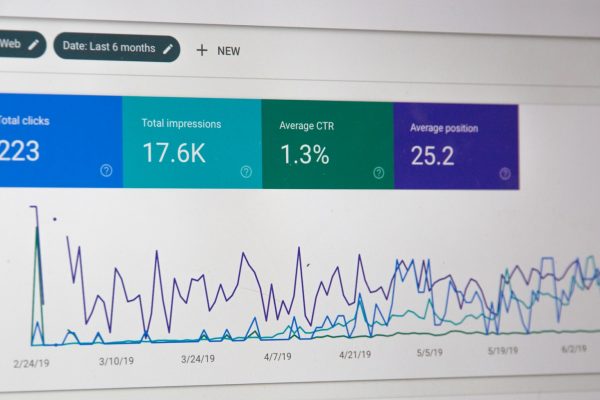In the business world, the structure of your vessel is defined by your business model, shaping how you traverse the business ecosystem and generate revenue. Each model, with its unique characteristics, can significantly impact your journey. This article will delve into various business models, offering insights to help you chart their paths with informed foresight.
- Freemium Model:
The Freemium Model allows users to access basic services for free while reserving premium features for paying customers. This model excels in acquiring users in large volumes and is particularly effective in highly competitive markets. However, the conversion of free users to paid customers can be a formidable challenge. Striking the right balance between free and premium offerings is key to sustaining this model.
- Subscription Model:
The Subscription Model involves customers paying a recurring fee to gain continued access to a product or service. This model offers the sweet allure of predictable revenue and can significantly enhance customer retention. However, it necessitates continuous value delivery to maintain subscriptions. The acquisition cost can be high in this model, emphasizing the importance of optimizing customer lifetime value.
- E-Commerce Model:
The E-Commerce Model revolves around buying and selling goods or services online. It provides a scalable platform for growth and access to expansive markets but encounters intense competition and customer acquisition challenges. Ensuring user-friendly interfaces, secure transactions, and effective customer service are crucial components for success.
- Marketplace Model:
This model creates a platform where buyers and sellers come together to conduct transactions, with the platform owner earning a commission. It benefits from a broad user base and diverse offerings but faces challenges in maintaining quality control and managing platform dynamics. Balancing the interests of both buyers and sellers is crucial to sustaining this model.
- Direct Sales Model:
This model involves selling products directly to consumers, bypassing any intermediaries. It facilitates direct relationships with customers, allowing better control over brand perception and customer experience. However, it demands significant investment in sales efforts and robust supply chain management.
- Advertising Model:
The Advertising Model generates revenue by offering advertising space within its products or services. It’s effective when there’s high user engagement, but it requires a substantial user base and content relevance. Diversifying revenue streams is vital as sole reliance on advertising revenue can be risky due to market fluctuations.
Conclusion:
Understanding the nuances of different business models is fundamental to crafting a sustainable entrepreneurial journey. Each model harbors its unique advantages and challenges, necessitating a thorough analysis and a strategic approach tailored to your business goals, market dynamics, and customer needs.





